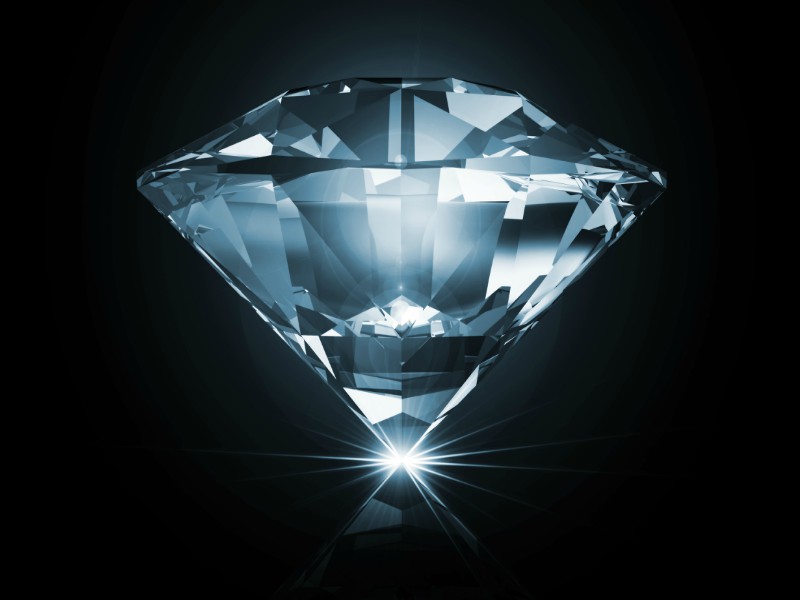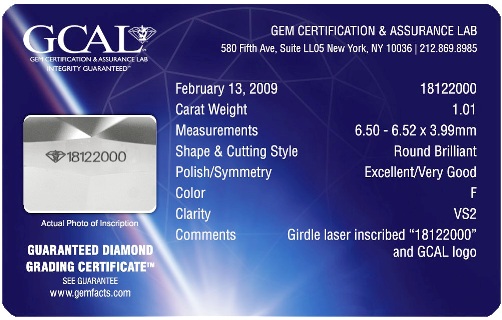This is a sparkling thread. Apologies to all the husbands! Your bank balance may be poorer during Deepavali
Ever thought of buying a diamond, but have no clue as to how to go about?
Do you know what to look for while buying diamonds?
Like the 4 P& #39;s & 4 C& #39;s in Marketing, 1/n
Ever thought of buying a diamond, but have no clue as to how to go about?
Do you know what to look for while buying diamonds?
Like the 4 P& #39;s & 4 C& #39;s in Marketing, 1/n
Diamonds also go by the 4 C concept.
Cut
Clarity
Color
Carat weight
These are the criteria jewelers use when grading diamonds, and they& #39;re the ones you& #39;ll need to understand to buy the right diamond for you.
And then there& #39;s the "Fifth C":
Certificates2/n
Cut
Clarity
Color
Carat weight
These are the criteria jewelers use when grading diamonds, and they& #39;re the ones you& #39;ll need to understand to buy the right diamond for you.
And then there& #39;s the "Fifth C":
Certificates2/n
First CUT. Dont confuse Cut with Shape. Cut denotes the reflecting ability of the Diamond. Diamond cut is perhaps the most important of the four Cs, so it is important to understand how this quality affects the properties and values of a diamond. 3/n
A good cut gives a diamond its brilliance, which is that brightness that seems to come from the very heart of a diamond. The angles and finish of any diamond are what determine its ability to handle light, which leads to brilliance. When a diamond is well-cut, light enters 4/n
through the table,travels to the pavilion where it reflects from one side to other before reflecting back out of the diamond through the table to the observer& #39;s eye. This light is the brilliance we mentioned, it& #39;s this flashing, fiery effect that makes diamonds so mesmerizing 5/n
Because cut is so important, several grading methods have been developed to help consumers determine the cut of a particular diamond. In general, these grades are:
Ideal
Premium
Very Good
Good
Fair & Poor
The first two are very expensive. 6/n
Ideal
Premium
Very Good
Good
Fair & Poor
The first two are very expensive. 6/n
For your purpose even a Very Good cut is more than adequate. Please check on the certificate the type of cut. Ask the jeweller where the diamonds were cut. The best cuts are done in Antwerp, Belgium. Sometimes it is written in the certificate as Round Brilliant Cut. 7/n
Round denotes the shape and Brilliant Cut is between Very Good and Premium. This means the diamond will sparkle.
Second is CLARITY. This indicates the presence of identifying characteristics on (blemishes) and within (inclusions) the stone. Most diamonds have flaws. 8/n
Second is CLARITY. This indicates the presence of identifying characteristics on (blemishes) and within (inclusions) the stone. Most diamonds have flaws. 8/n
Diamonds are graded for clarity under 10x loupe magnification. Grades range from Flawless (diamonds which are completely free of blemishes and inclusions), to Included 3 (diamonds which possess large, heavy blemishes and inclusions that are visible to the naked eye). 9/n
F -Flawless: No internal/external flaws, Extremely rare.
IF-Internally Flawless: no internal flaws but some surface flaws, Very rare
VVS1-VVS2- Very Very Slightly Included(2 grades). Minute inclusions very difficult to detect under 10x magnification by trained gemologist 10/n
IF-Internally Flawless: no internal flaws but some surface flaws, Very rare
VVS1-VVS2- Very Very Slightly Included(2 grades). Minute inclusions very difficult to detect under 10x magnification by trained gemologist 10/n
VS1-VS2 - Very Slightly Included (two grades). Minute inclusions seen only with difficulty under 10x magnification.
SI1-SI2 - Slightly Included (two grades). Minute inclusions more easily detected under 10x magnification. 11/n
SI1-SI2 - Slightly Included (two grades). Minute inclusions more easily detected under 10x magnification. 11/n
I1-I2-I3- Included (3 grades). Inclusions visible under 10x magnification AS WELL AS to the human eye. We do not recommend buying diamonds in any of these grades.
Though it is ideal to have F or IF, for domestic purchases VVS or VS is good value for money, and 12/n
Though it is ideal to have F or IF, for domestic purchases VVS or VS is good value for money, and 12/n
you wont know the difference.
Anything less than that is & #39;iffy& #39;. Check the certificate for Clarity (Every diamond comes with a certificate mentioning all these details).
Next in the line is Diamond COLOUR. This refers to the presence or absence of color in white diamonds. 13/n
Anything less than that is & #39;iffy& #39;. Check the certificate for Clarity (Every diamond comes with a certificate mentioning all these details).
Next in the line is Diamond COLOUR. This refers to the presence or absence of color in white diamonds. 13/n
Color is a result of the composition of the diamond, and it never changes over time. Because a colorless diamond, like a clear window, allows more light to pass through it than a colored diamond, colorless diamonds emit more sparkle and fire. 14/n
The formation process of a diamond ensures that only a few, rare diamonds are truly colorless. Thus the whiter a diamond& #39;s color, the greater its value.
(In olden days, I have heard Tamil Mami& #39;s croon over Blue Jagger diamonds. 15/n
(In olden days, I have heard Tamil Mami& #39;s croon over Blue Jagger diamonds. 15/n
It is actually a & #39;D& #39; coloured diamond that emits blue fluroscence. Since it is a & #39;D& #39; obviously, it is of top quality. So, they never knew the theory behind this, the fact that the Mamis cherished Blue Jager shows an eye of a discerning customer) 16/n
To grade & #39;whiteness& #39; or colorlessness, jewelers refer to GIA& #39;s professional color scale that begins with the highest rating of D for colorless, travels down the alphabet to grade stones with traces of very faint or light yellowish or brownish color. 17/n
The color scale continues all the way to Z.
D E F - Colourless
G H I - Near Colourless
K L M - Faint Yellow
N O P Q R - Very light yellow
S T U V W X - Light Yellow
So what should you go for. No doubt, D E or F. Even a good EF is a great treat for the eye. 18/n
D E F - Colourless
G H I - Near Colourless
K L M - Faint Yellow
N O P Q R - Very light yellow
S T U V W X - Light Yellow
So what should you go for. No doubt, D E or F. Even a good EF is a great treat for the eye. 18/n
Fourth is the CARAT.
A carat is the unit used to weigh a diamond. One carat is equal to 200 milligrams, or 0.2 grams. Deciding on carat size is really about striking a balance between size and quality. Normally more the carat, more valuable the diamond. 19/n
A carat is the unit used to weigh a diamond. One carat is equal to 200 milligrams, or 0.2 grams. Deciding on carat size is really about striking a balance between size and quality. Normally more the carat, more valuable the diamond. 19/n
Lastly, Certificates. Every diamond comes with a certificate. A certificate is a "blueprint" of a diamond, it tells you diamond& #39;s exact measurements & weight, as well as the details of its cut and quality. It precisely points out the individual characteristics of the stone 20/n
Certificates also serve as proof of the diamond& #39;s identity and value. A typical certificate can be as follows,
Shape and Cut - Round Brilliant Cut
Weight - 1.4 carat
Clarity - VVS
Color - EF
From the above you can tell that this is a very very good diamond. 21/n
Shape and Cut - Round Brilliant Cut
Weight - 1.4 carat
Clarity - VVS
Color - EF
From the above you can tell that this is a very very good diamond. 21/n

 Read on Twitter
Read on Twitter



